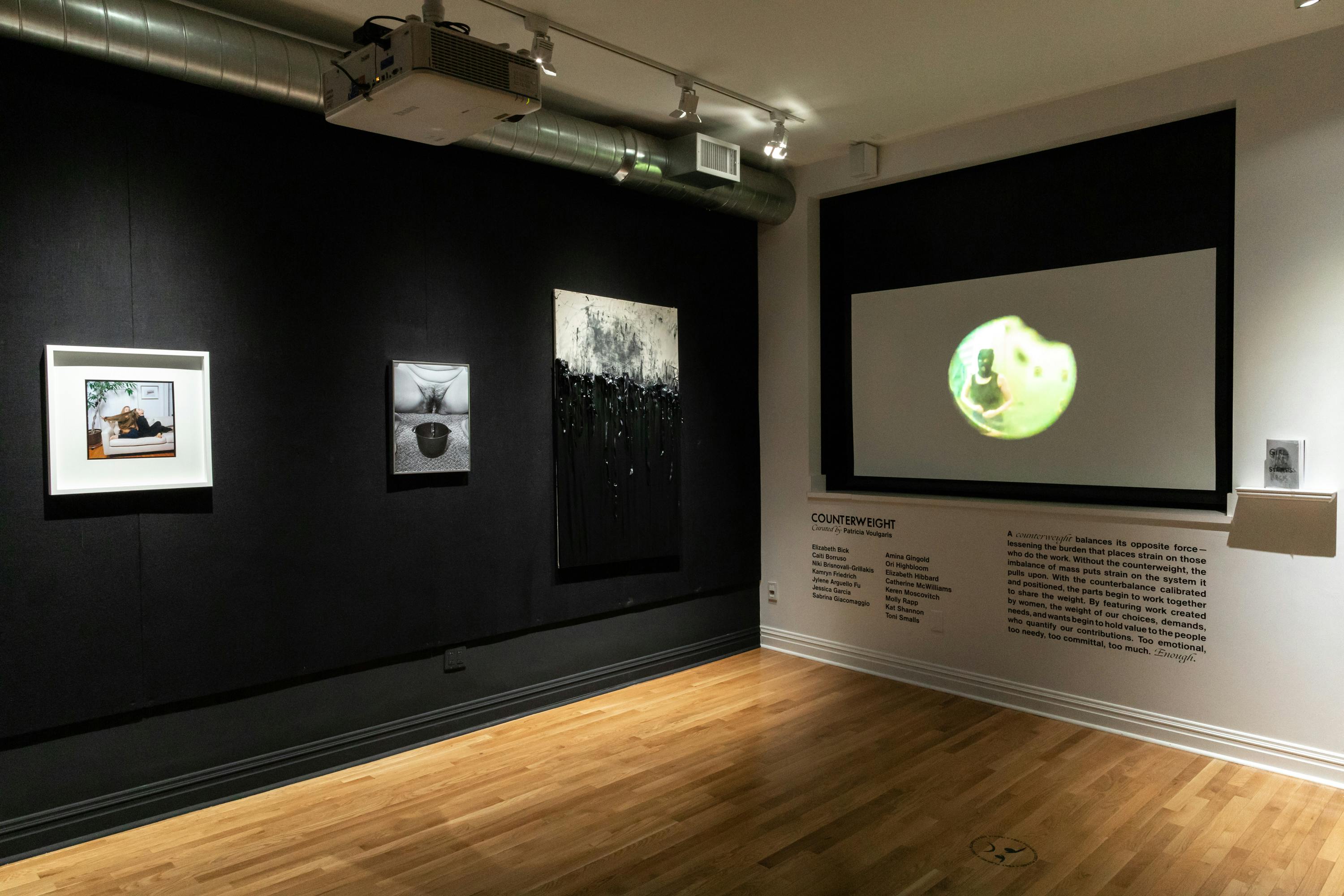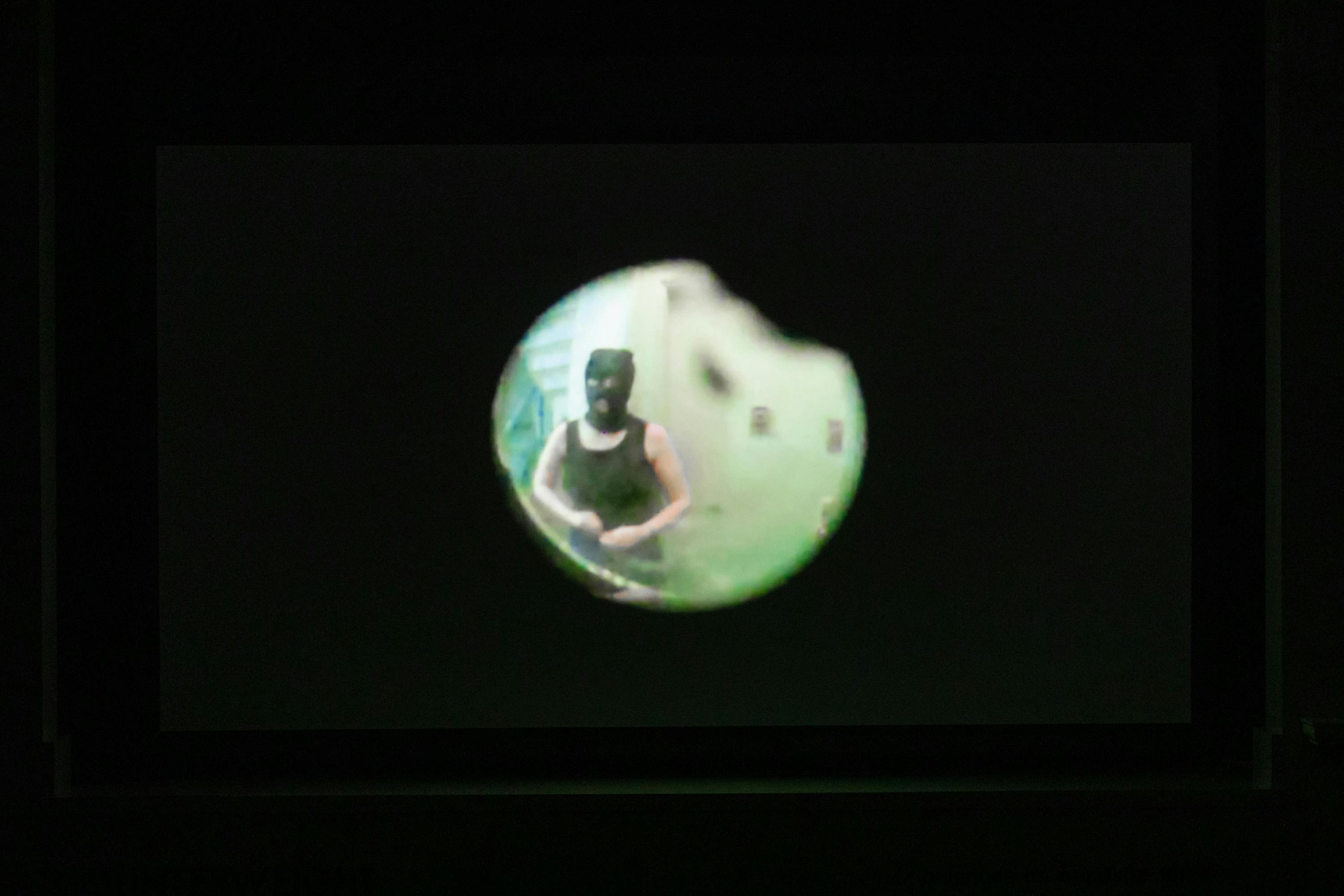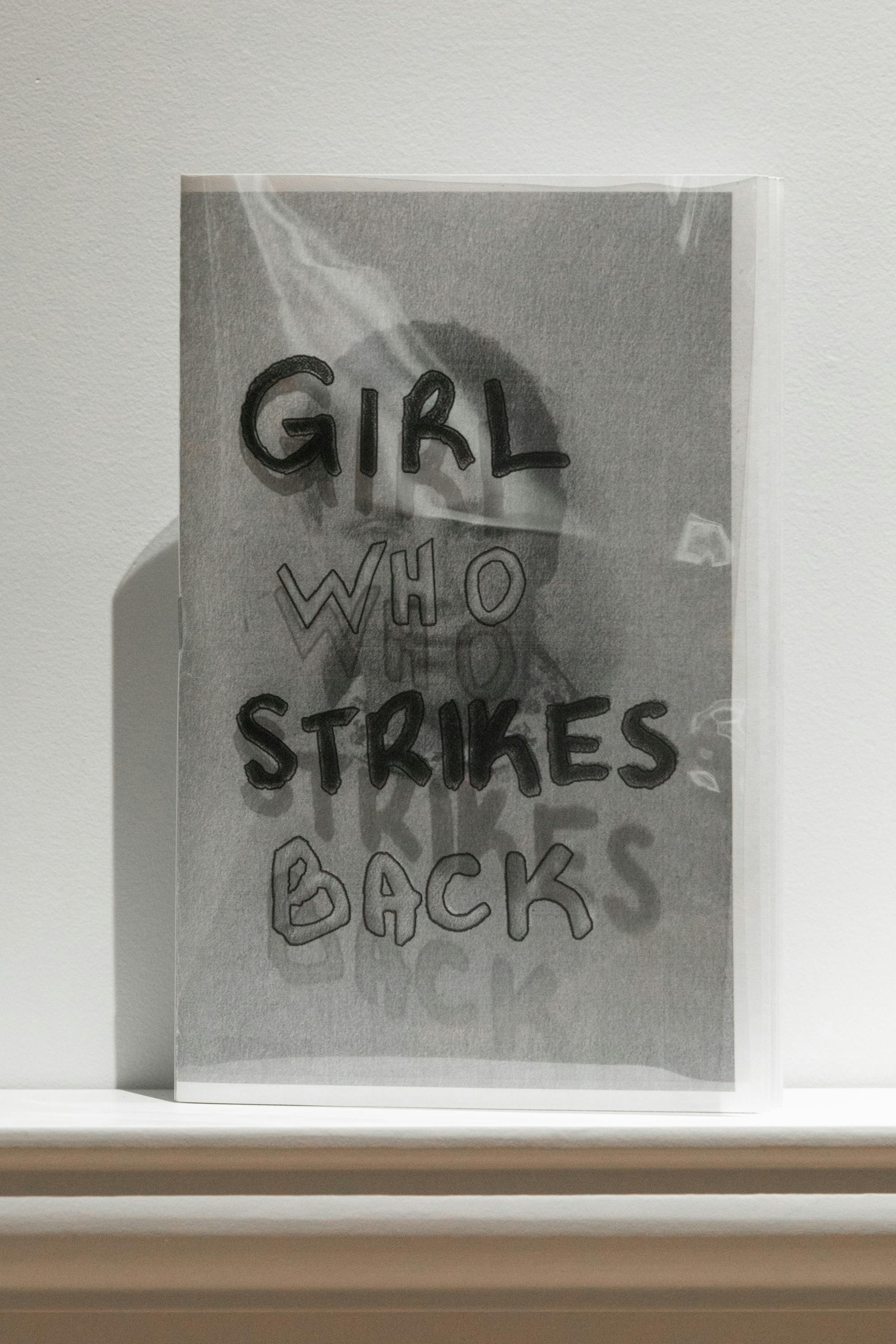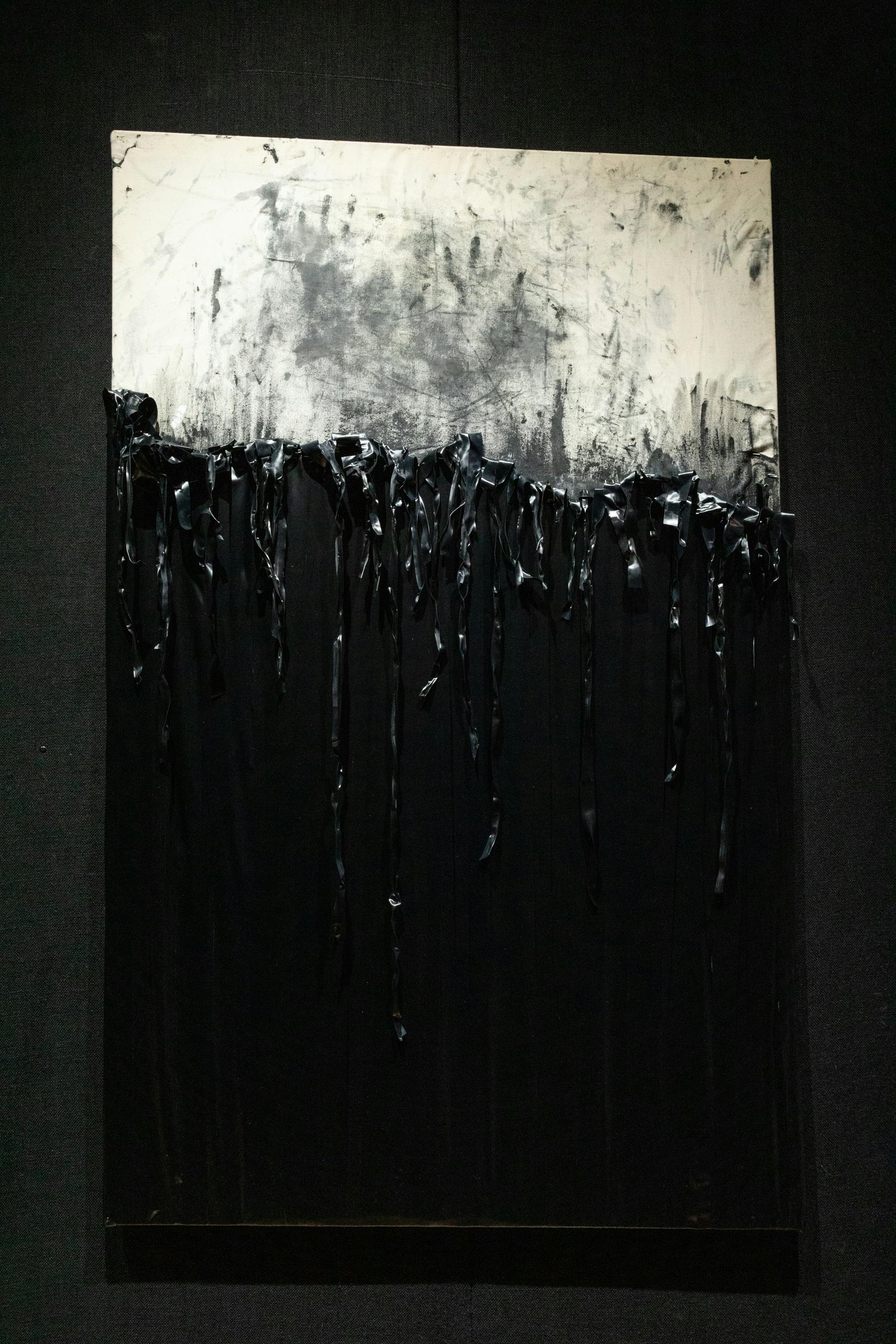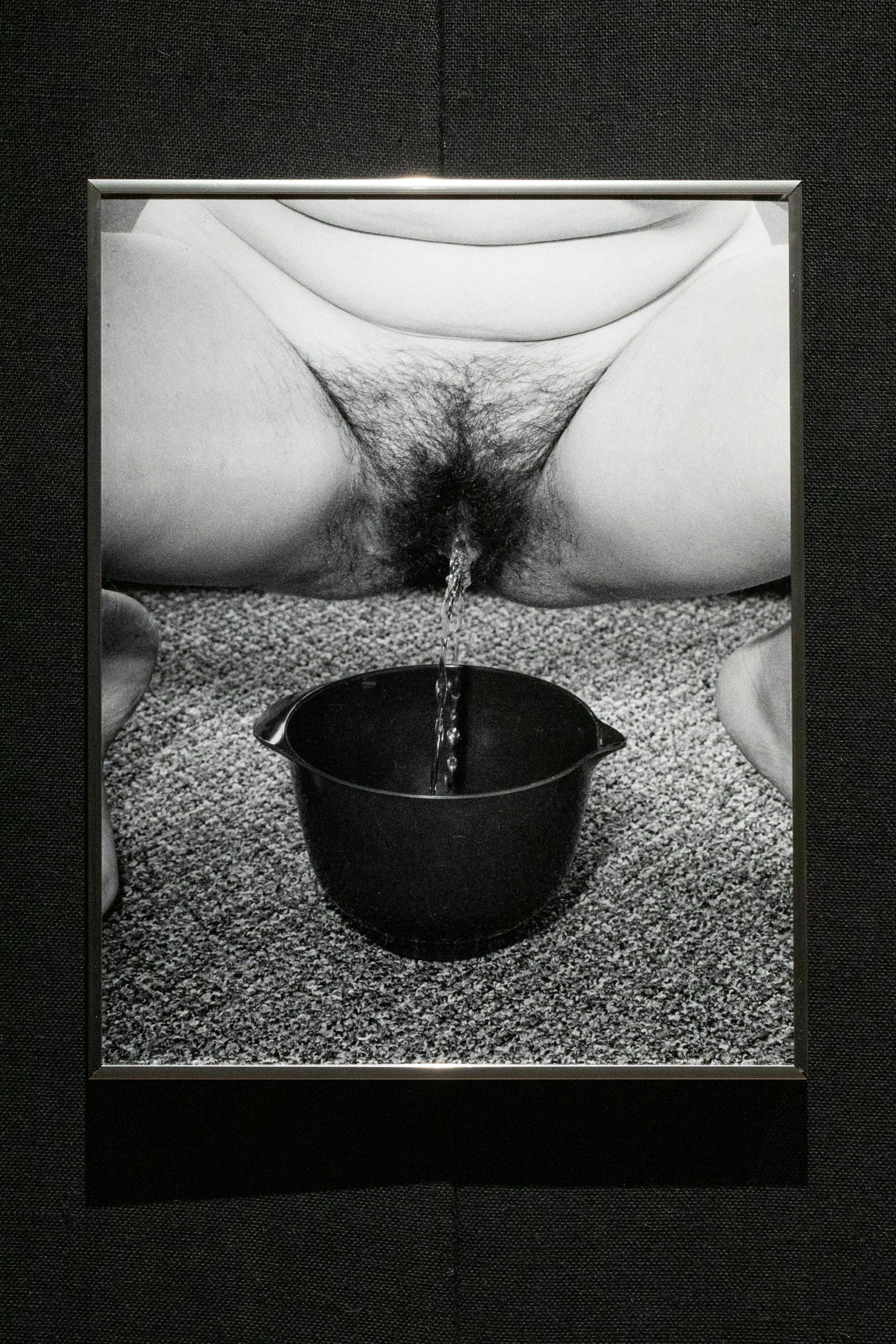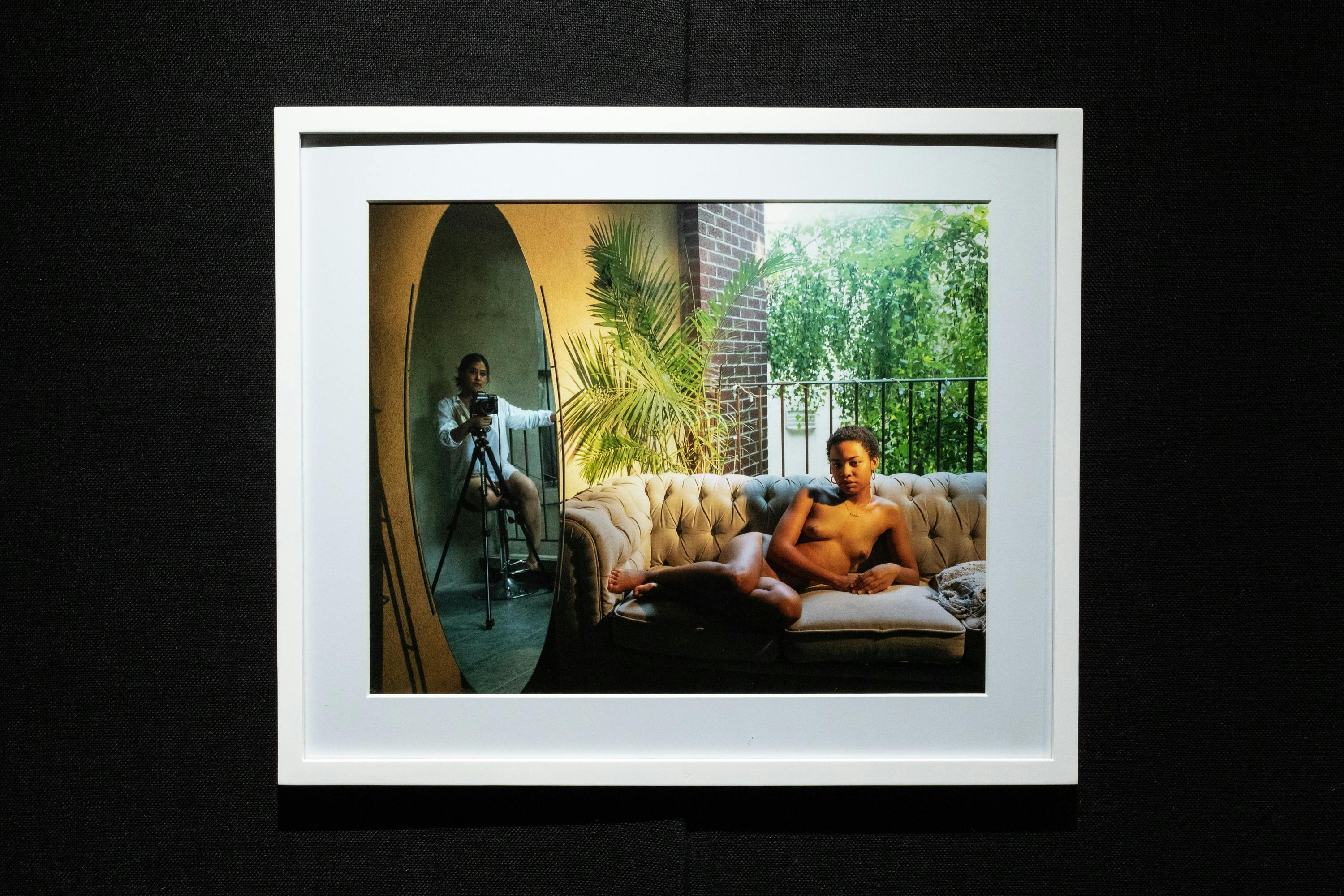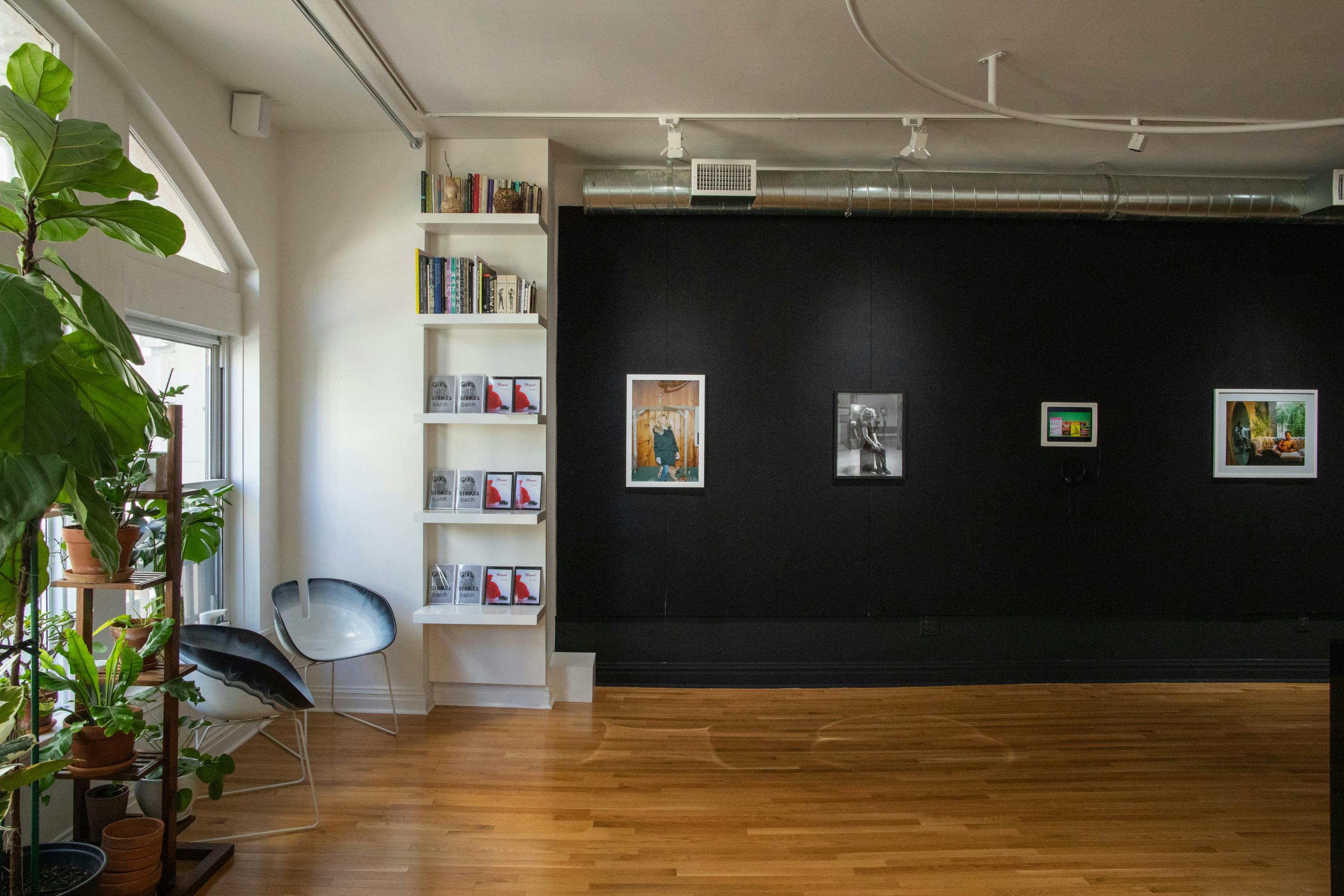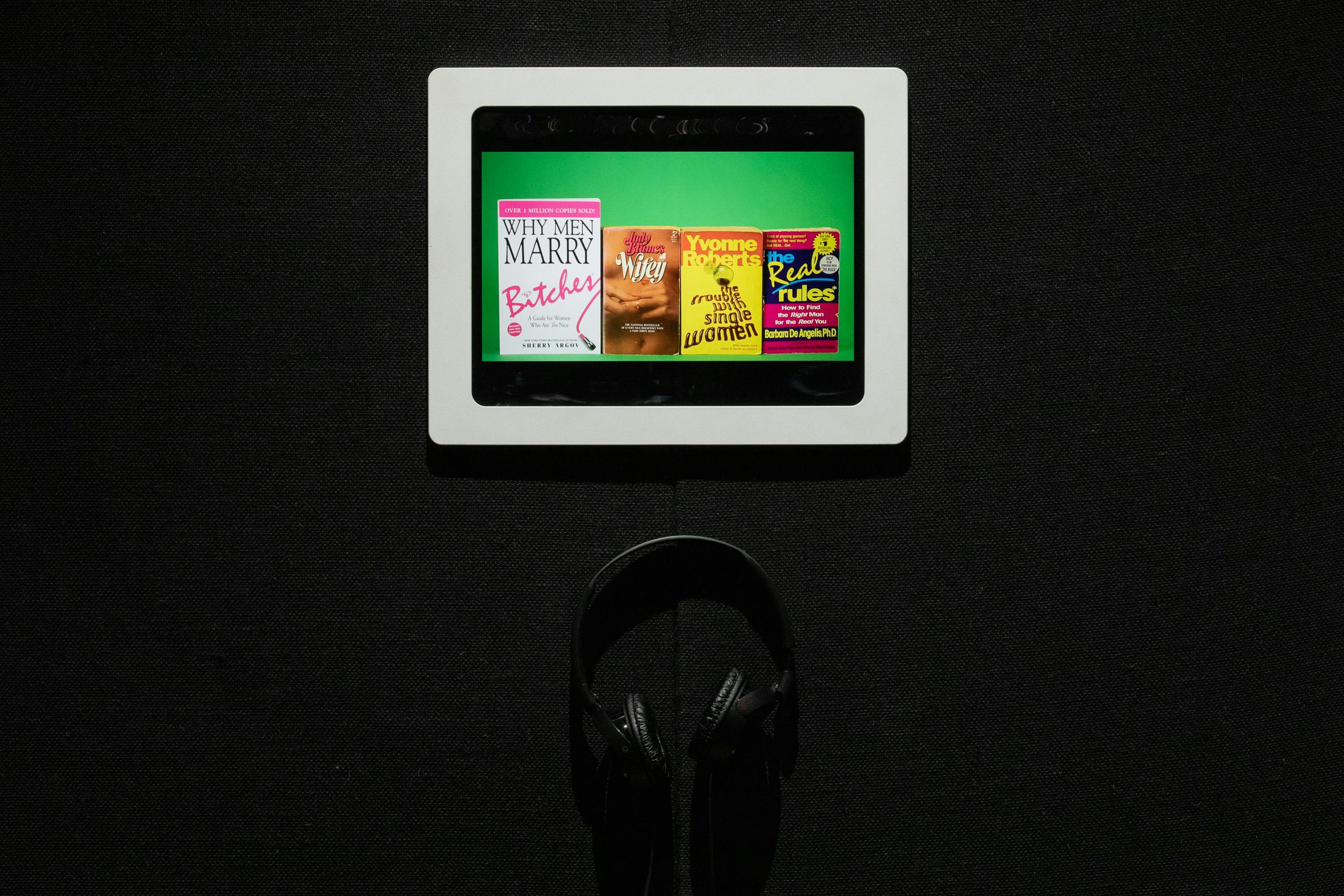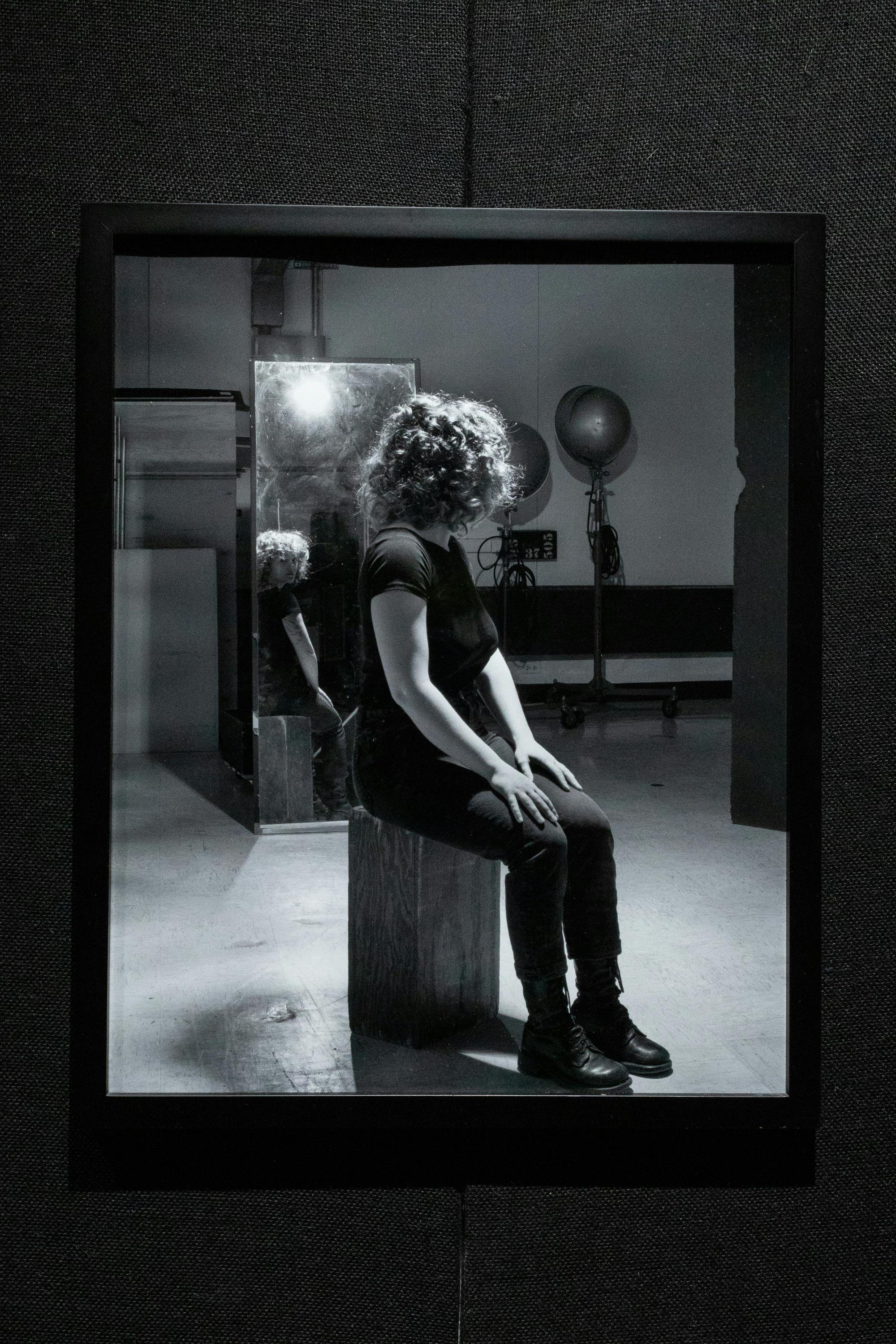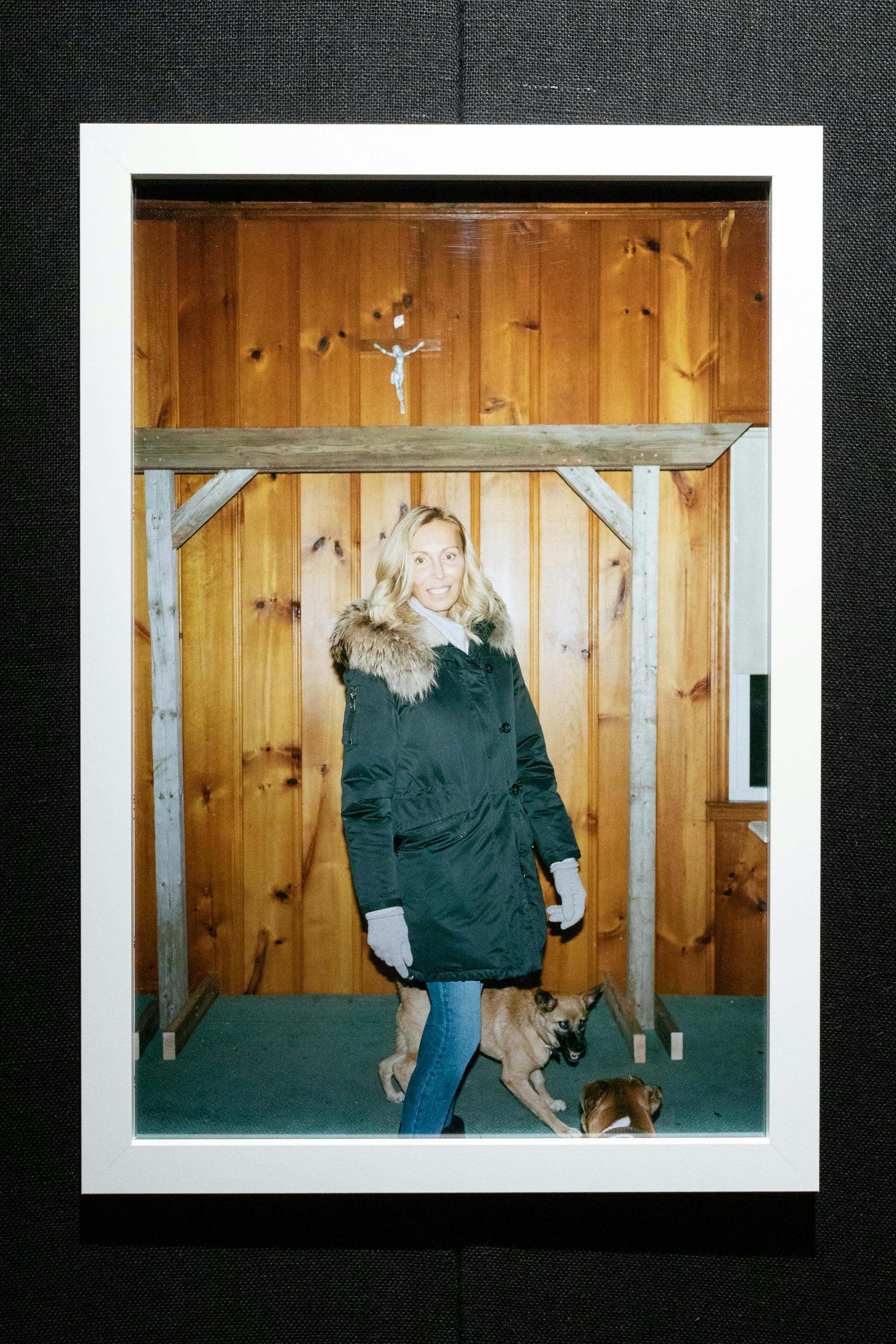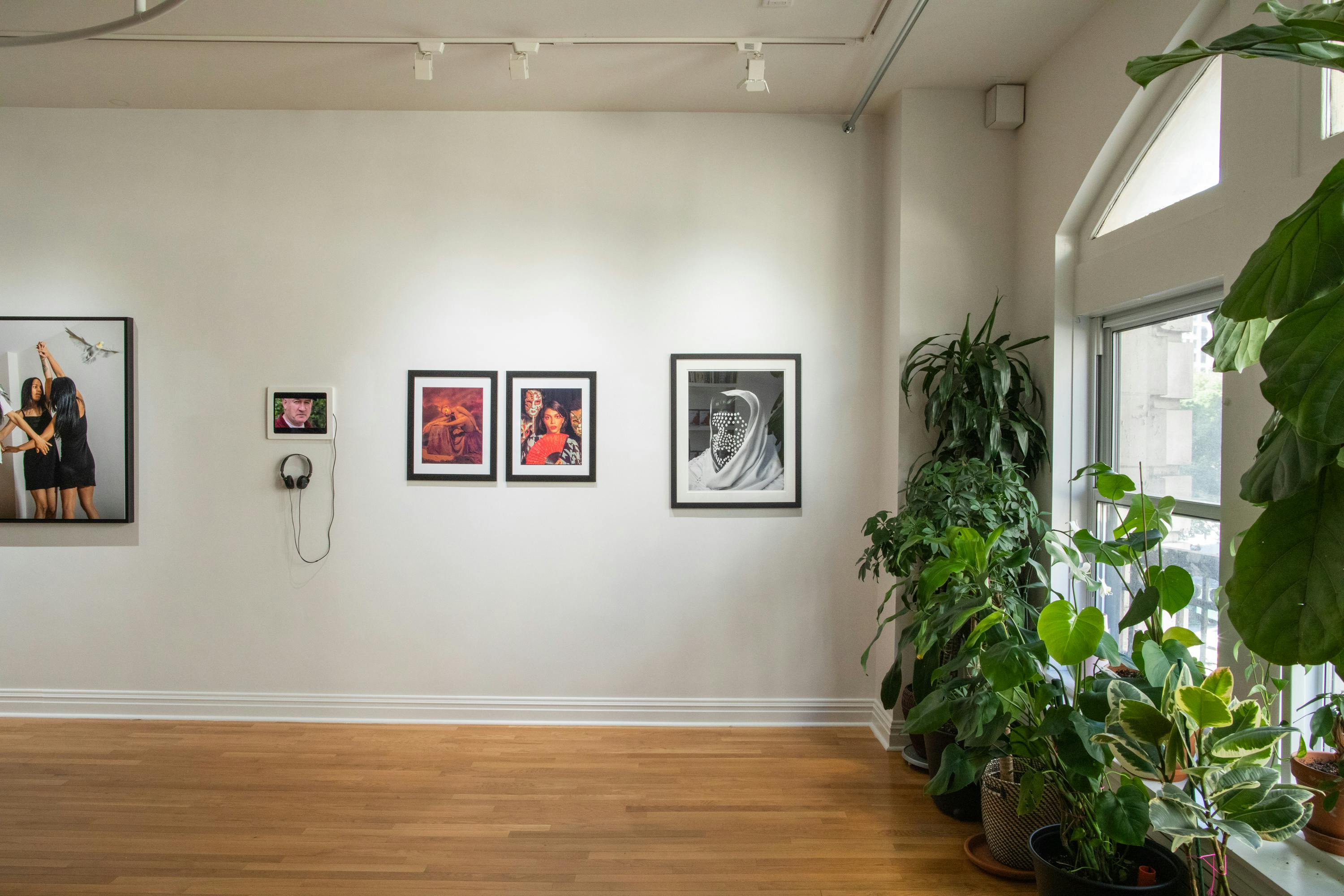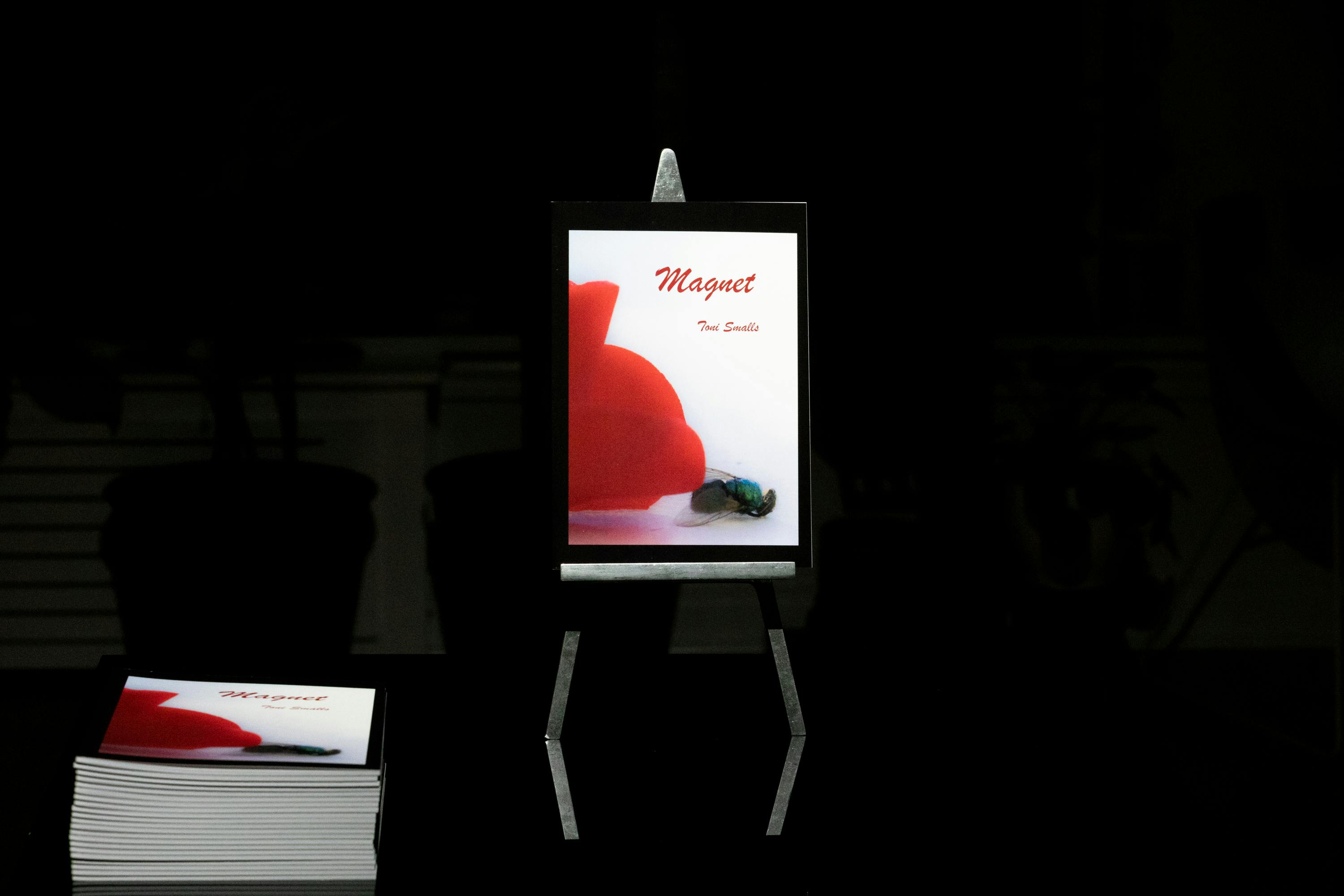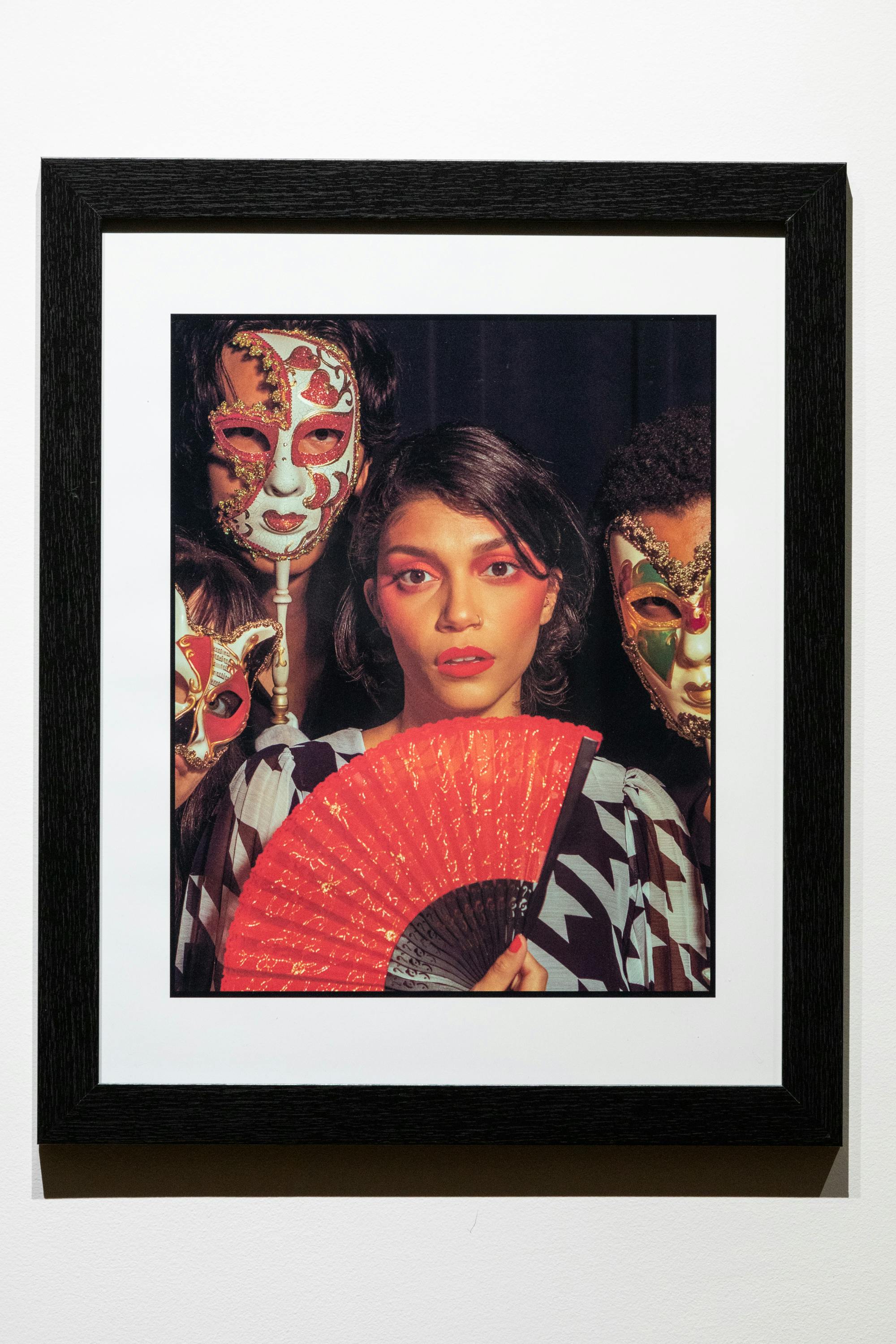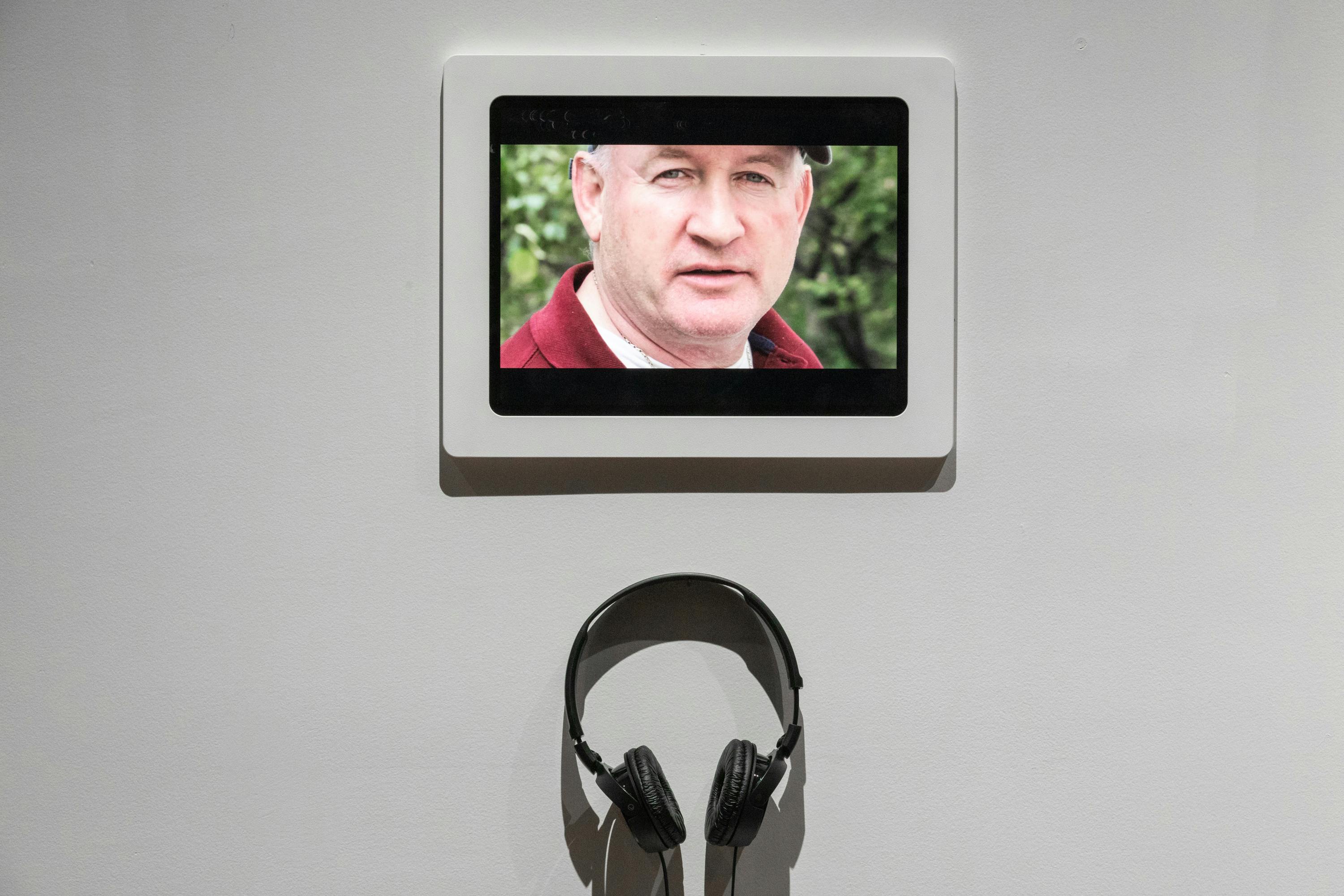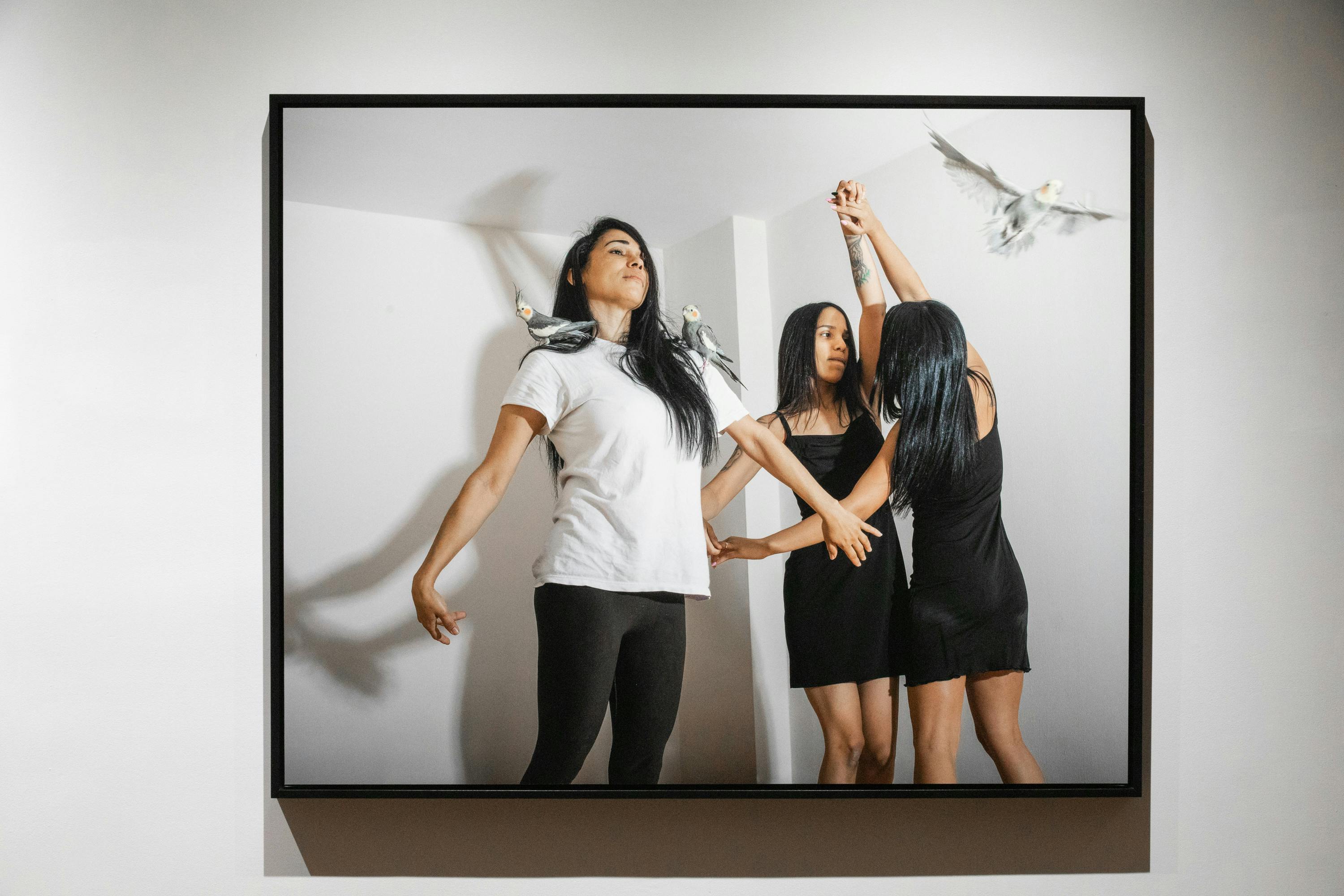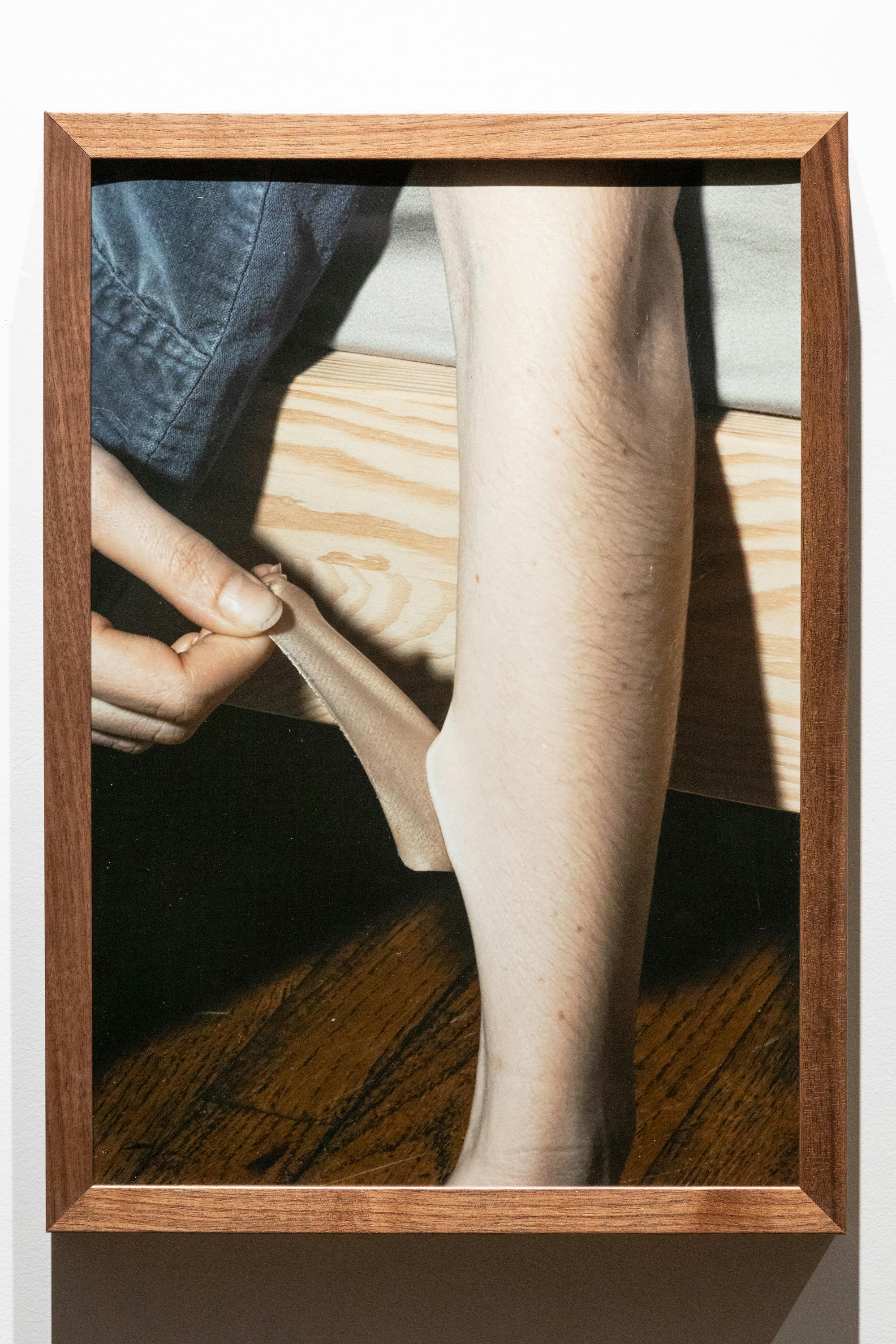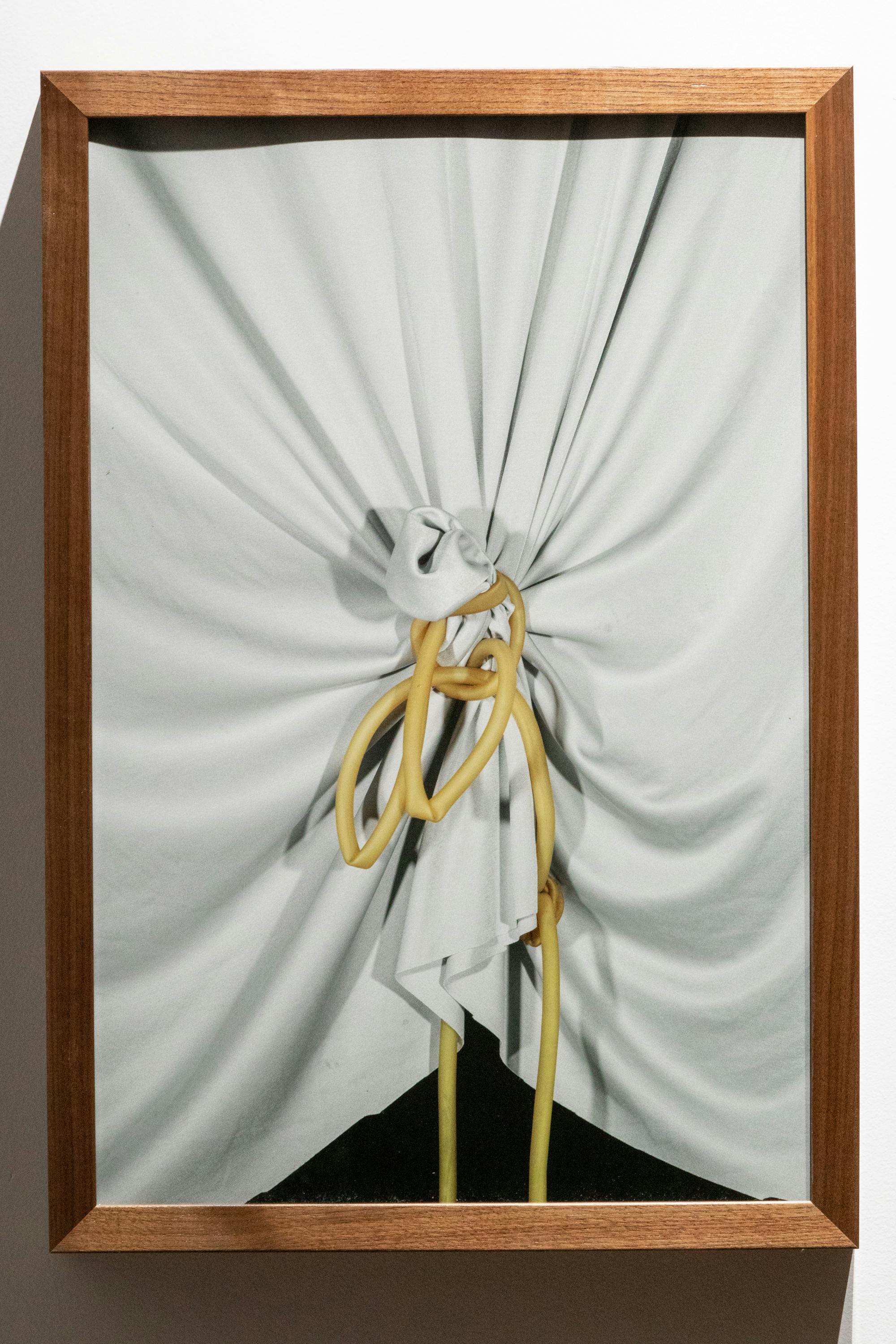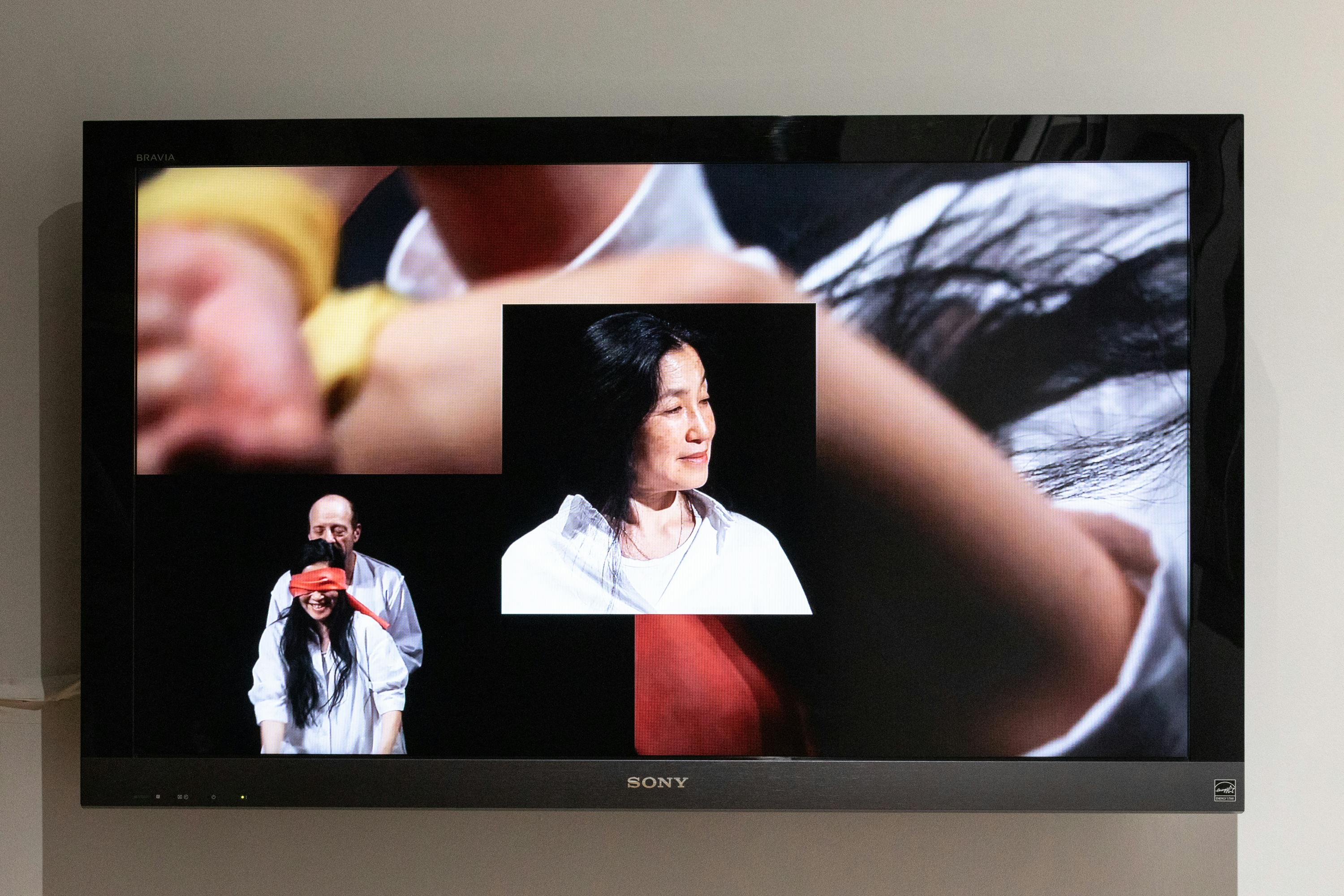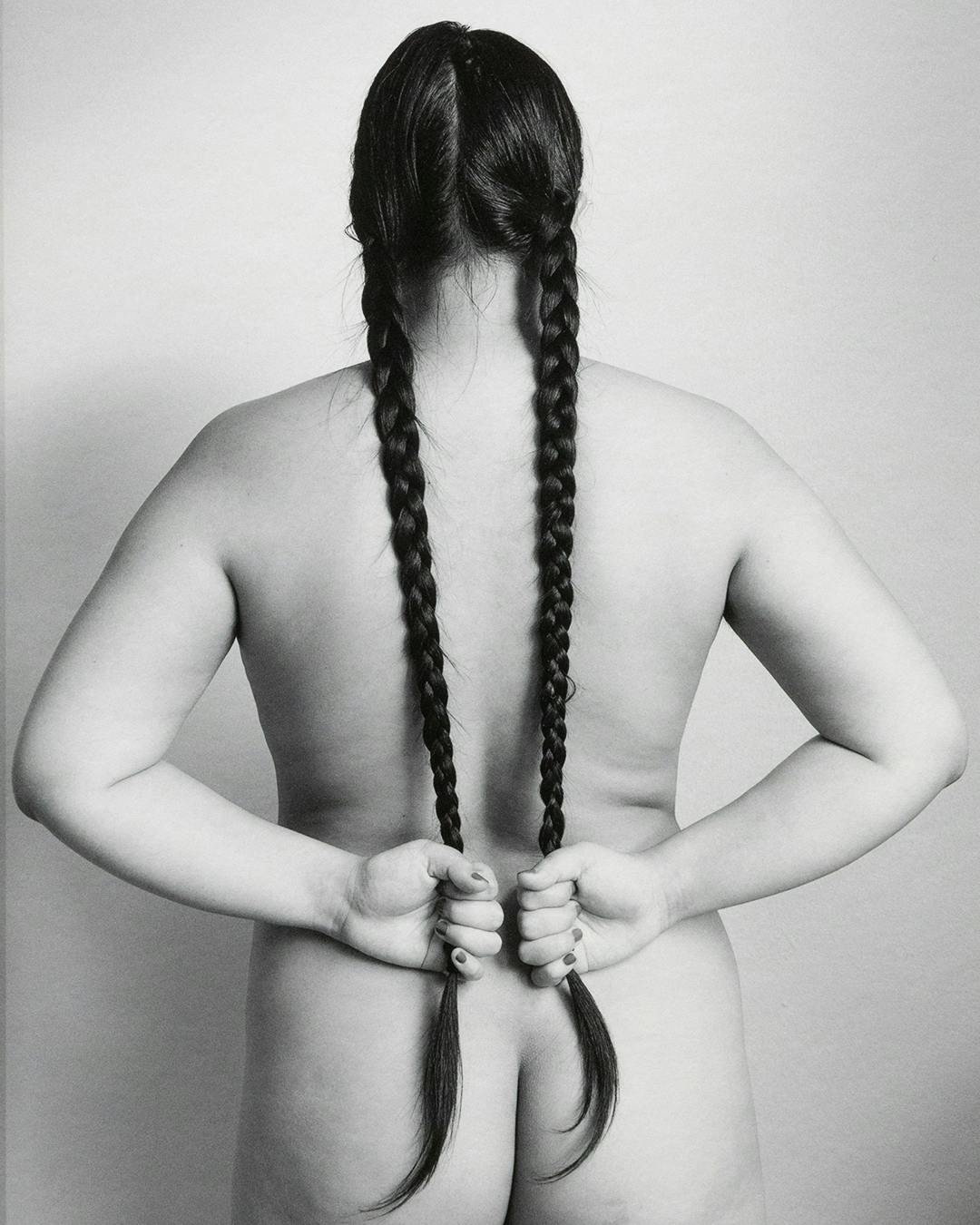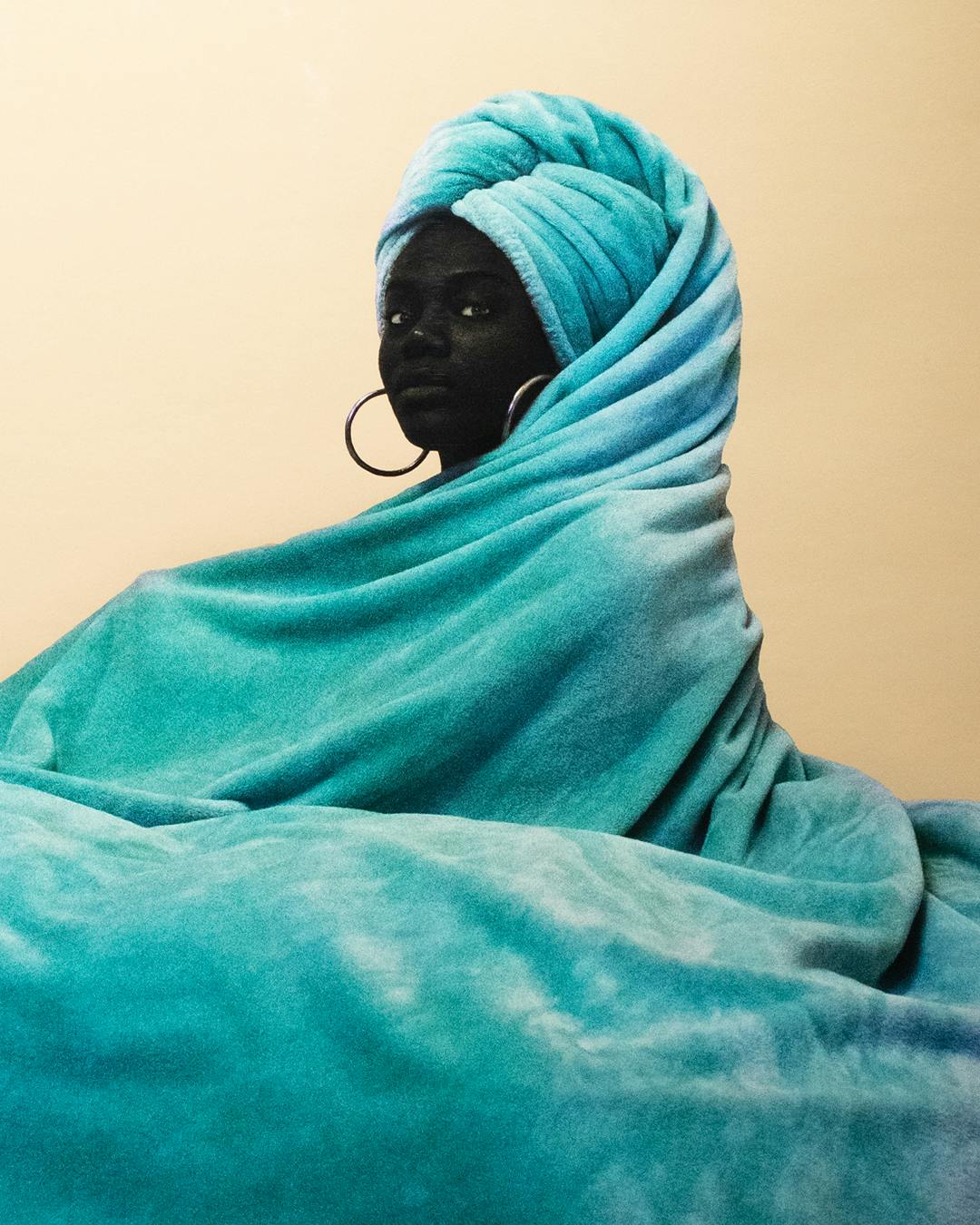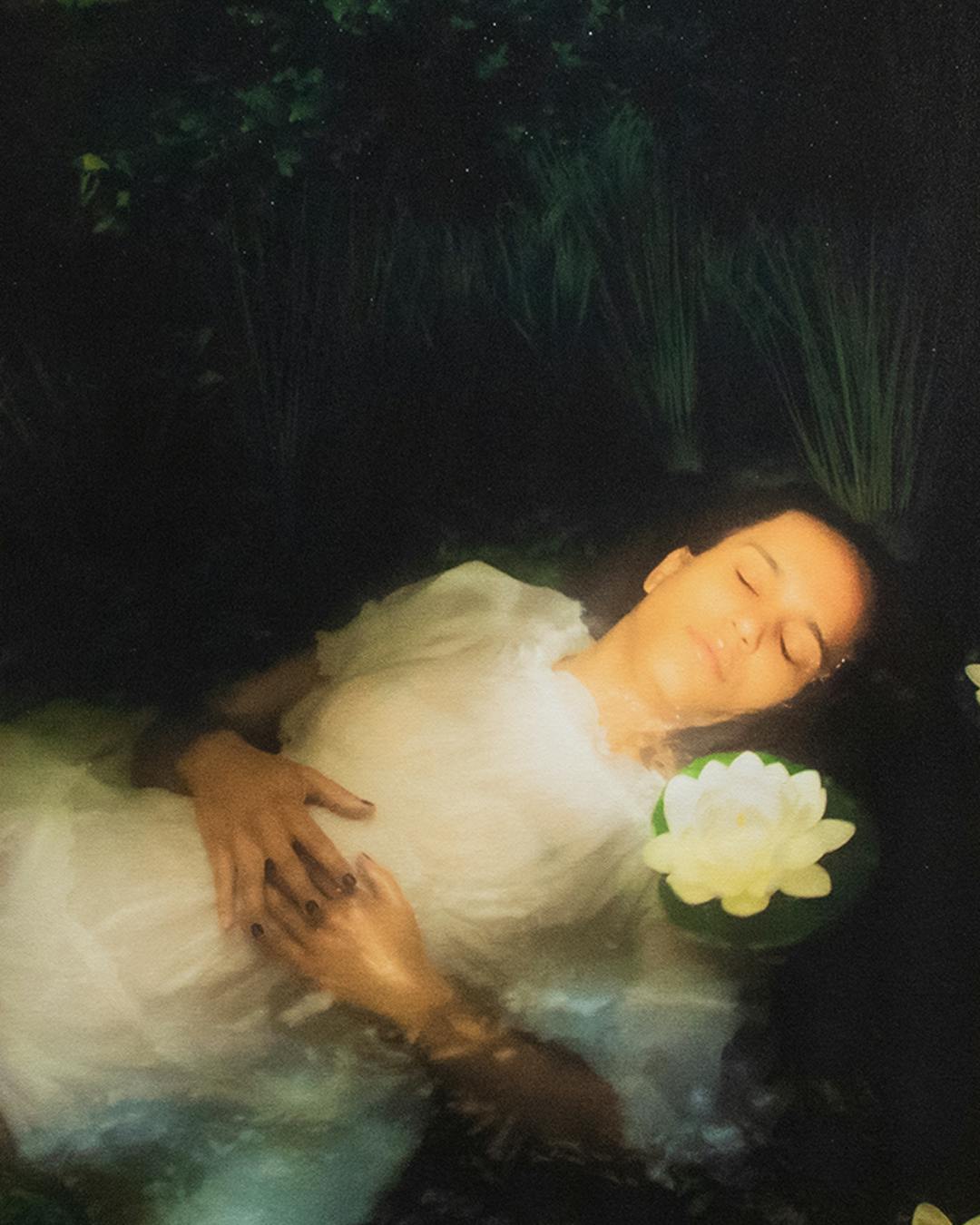SoMad is proud to presentCounterweight, an exhibition featuring female artists curated by Patricia Voulgaris.
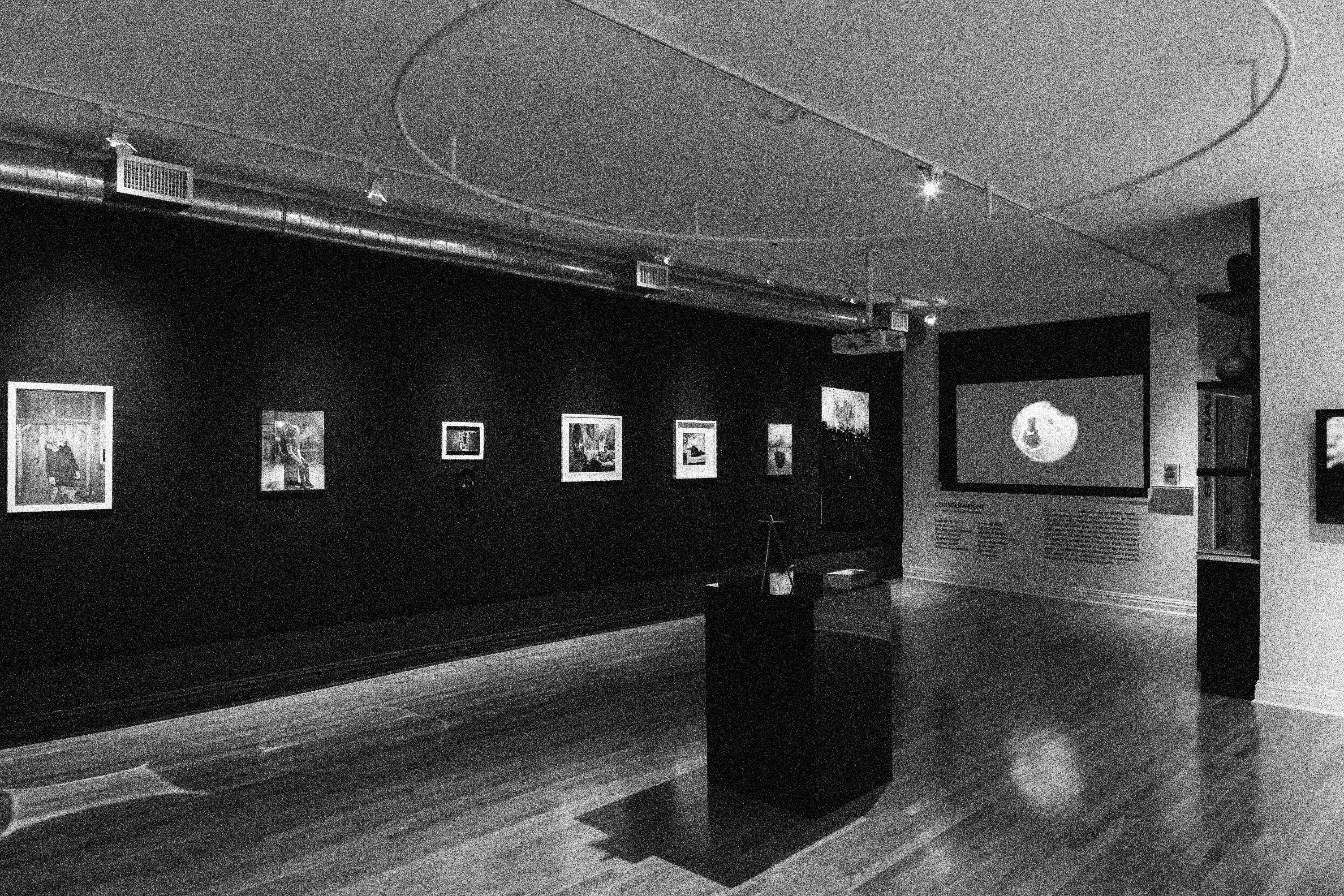
Counterweight
During the 1970s performance artists rejected traditional methods of theater and direct narratives. They created works that were unconventional and borrowed techniques from conventional genres such as acting, singing, music, and dance. The legacy of women and performance art has impacted future generations of artists. Artists such as Hannah Wilke, Yoko Ono, and Martha Rosler utilized their voice and bodies to address issues relating to sexuality, femininity and violence. They emphasized production and agency while subverting the assumptions of male artists. COUNTERWEIGHT is an attempt to highlight the vitality and strength of performance art and its resistance to a simple definition. This exhibition is a celebration of artists who vocalize ideas of feminism through new methods. They call attention to ideas surrounding identity while reflecting self-ownership of the female body that had been represented and controlled for centuries by males. Our society still widely regards and represents women as passive objects for pleasure and are available for use or disposal. How do we reclaim control over our bodies and offer a new representation? This transformative exhibition is a reflection of one’s ever changing self.
These works deconstruct the spaces that surround the subject, presenting themselves as counterweights. The artists in the show have lifted their masks to reveal a character that is rebellious, unapologetic and determined. In Caiti Borruso Piss (AppleBowl) (2019), she echo’s Hannah Wilke S.O.S. Starification Object Series (1974–75). Both of these works are prideful in the way that they have control over the sensuality of their bodies. This sensuality is created on their own terms without the intrusion of the male gaze. Caiti and Hannah are deliberate in their execution. They explicitly present the female form to the viewer while challenging media representations of women. In A mina Gingold’s film W ho’s There? (2020) we hear a knock on our door and immediately find ourselves in a predicament. Do we open the door and welcome this unknown guest? Or do we ignore this potential threat? Amina poses these questions and teases at the complications that result from a seemingly simple decision. Similar to Yoko Ono’s Cut Piece (1964) Yoko, invites the audience to cut away pieces of her clothing with a pair of scissors. Throughout this performance she surrenders herself to the participants by creating an intimate encounter that becomes a symbol of female passivity and vulnerability. As the performance progresses the latent potential for sexist and racist violence becomes increasingly apparent. Elizabeth Hibbard’s hauntingly constructed photographs from the series Dear Mili (2019) touch upon issues surrounding family, psychoanalysis, the body, and how the act of photography can mirror the structures of relationship dynamics. Elizabeth exploresher femininity within the space of her family structure similarly to Martha Rosler Semiotics of the Kitchen, 1975 where Martha takes on the role of a housewife in a hilarious parody of a cooking demonstration. Martha stands in a kitchen, gesturing sharply with the items in front of her expressing rage and frustration. The kitchen becomes grounds for resistance and change, a critique on traditional women's roles in modern society.
In Shiela with her Twin Daughters and Birds (2013), Elizabeth Bick finds a choreographic voice as a photographer, capturing banal gestures, In Niki Brisnovali-Grillakis’s awe-inspiring portrait Brian Pogyo ( 2019/20) she explores visual typologies of performative identities, addressing issues of beautification, sexual, gender empowerment practices and the self, Kamryn Friedrich depicts memory in Seeing You, Seeing Me ( 2020), In Gabrielle Sees Me See Her See You (2018) Jylene Arguello-Fu addresses the predatory male-gaze and sexual abuse, reclaiming power and appreciation lost through photography, In Guides and Nyx (2019) Jessica Garcia represents women’s spirituality, A comedic juxtaposition between traditionalist paintings
and contemporary realism is made in Sabrina Giacomaggio’s Mary, Jesus, and Joseph (2018), In Ori Highblum’s חסרת ישועהI(2019) she addresses the conflict between modern Israeli conscription and male/female gender roles, In Brush (2018), Catherine McWilliams investigates control, capturing the tension between a mother, her daughter and the viewer, Keren Moscovitch explores new somatic languages to express the state of being female, challenging the psychoanalytic myth of the pathological feminine in One More State (2020), Molly Rapp gives emotive purpose to ordinary materials in Double Bind (2020), In Speaks Over Men (2013), Kat Shannon address gender, desire, and discomfort by superimposing their voice over video footage of men speaking, Through poetry and images in Magnets (2019/20), Toni Smalls addresses mental illness, memory and the breadth of human emotion.
